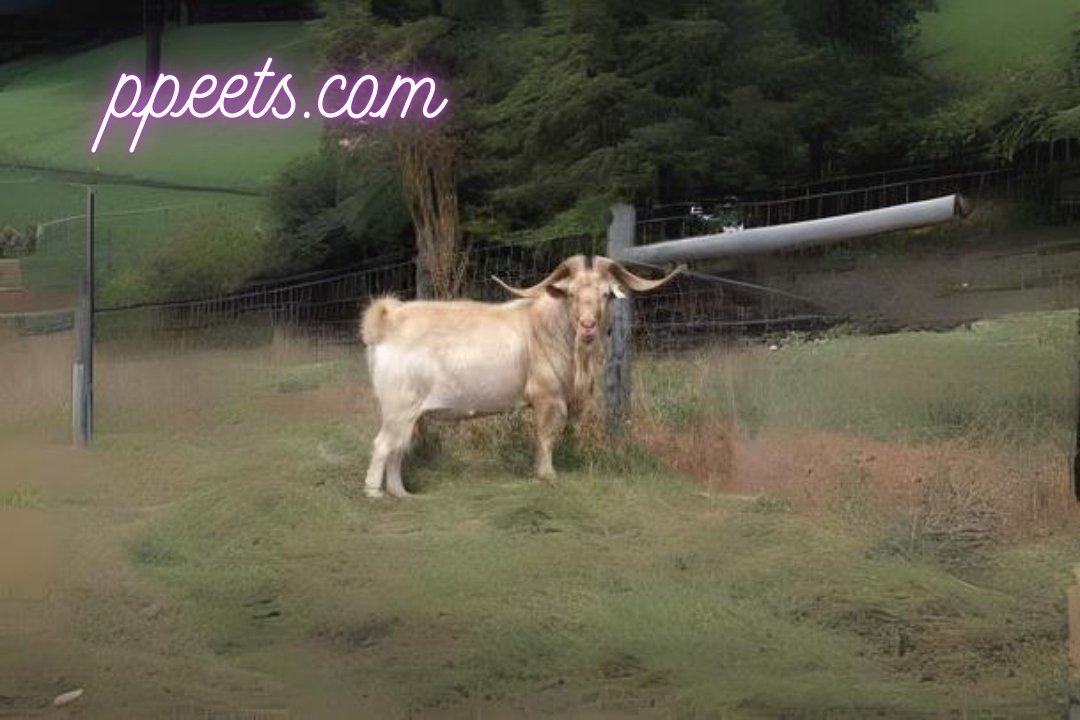Introduction to the Kiko goat
The Kiko goat, a variety prestigious for its heartiness and versatility, has earned respect overall for its noteworthy exhibition in different farming settings.
Beginning from New Zealand during the 1980s, the Kiko goat was specifically reared to flourish in rough territory and cruel environments, making it a significant resource in economical cultivating rehearses and as a wellspring of value meat.
This article digs into the set of experiences, attributes, conduct, uses, and the board of Kiko goats, featuring their huge commitments to current horticulture.
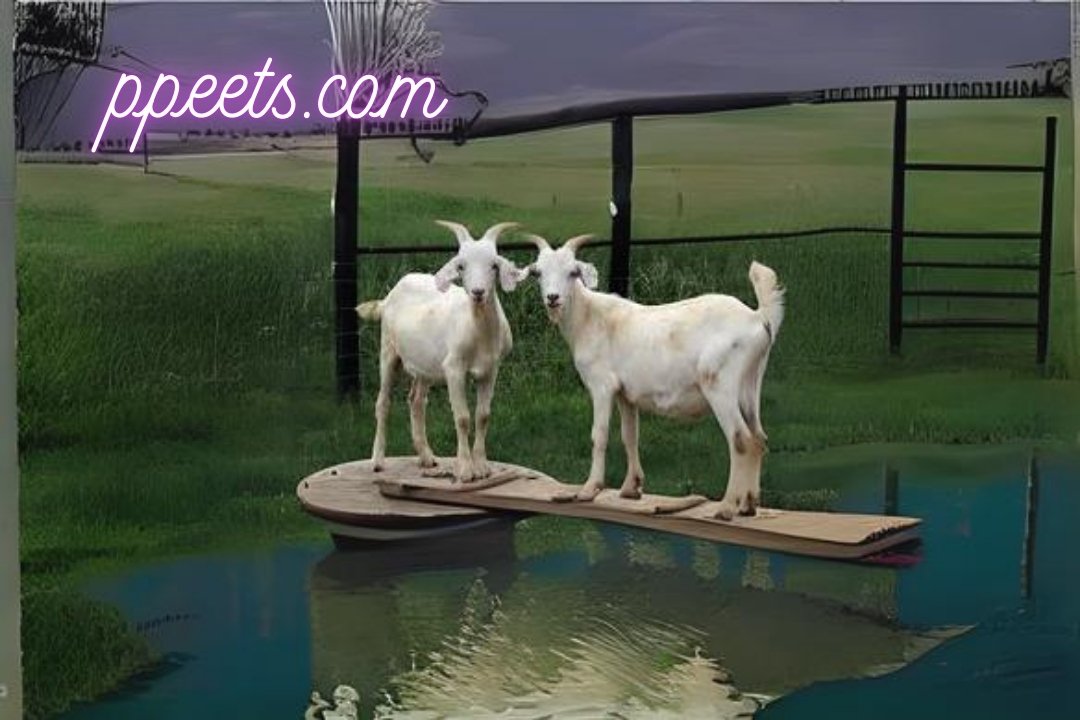
Origins and History
The Kiko goat breed follows its beginnings to the slopes of New Zealand, where during the 1970s and 1980s, a thorough choice interaction started to foster a goat breed that could flourish under broad cultivating conditions. The Maori word “Kiko” means tissue or meat, mirroring the variety’s main role: to create lean and tasty meat in testing conditions.
Initially got from wild goats with a few imbuement of dairy and meat goat hereditary qualities, Kiko goats were reproduced for their capacity to peruse proficiently, endure parasite challenges, and require negligible human intercession. This specific rearing project brought about a variety known for its strength, versatility, and quick development rates.
Kiko goats are ordinarily huge outlined creatures with solid legs and a strong form. They display a scope of coat tones, including white, cream, tan, and dark, frequently with different markings. Their jackets are by and large smooth and can fluctuate in surface contingent upon natural variables. Grown-up Kiko goats can weigh between 100 to 250 pounds (45 to 113 kg), for certain people surpassing these midpoints.
One of the unmistakable elements of Kiko goats is serious areas of strength for them and protection from sicknesses and parasites. They have advanced safe frameworks and are known for their capacity to flourish in different environments, from hot and damp locales to cold and rocky territories.
Behavior and Temperament
Kiko goats are known for their tame and agreeable personality, making them somewhat simple to deal with and make due. They are insightful creatures with an inquisitive nature, frequently showing superb abilities to search. Kiko goats lean toward perusing over touching and are capable at using a wide assortment of plant species for food.
Their flexibility and quiet attitude make Kiko goats reasonable for both broad and escalated cultivating frameworks. They are known to major areas of strength for frame inside their crowds and are much of the time utilized in rotational brushing frameworks to oversee vegetation and further develop field wellbeing.
Essentially reproduced for meat creation, Kiko goats are esteemed for their great meat, which is lean, delicate, and delightful. Their capacity to change over roughage into meat proficiently settles on them a favored decision for maintainable horticulture works on, including natural cultivating and field based frameworks.
Notwithstanding meat creation, Kiko goats are likewise used for vegetation the board and land protection purposes. Their perusing propensities assist with controlling obtrusive plant species and advance biodiversity in biological systems where they are presented.
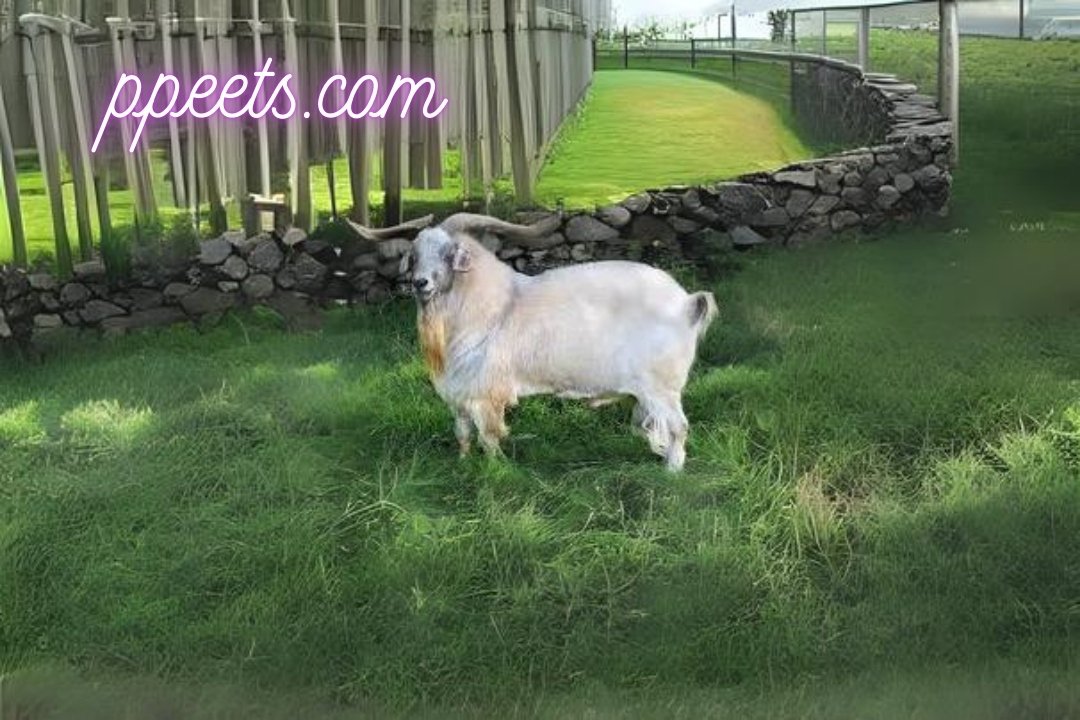
Management and Care
Legitimate administration of Kiko goats incorporates giving satisfactory sanctuary, clean water, and a fair eating routine wealthy in fiber and fundamental supplements. They expect admittance to pasture or peruse regions for rummaging and work out. Customary veterinary consideration and parasite control are fundamental to keep up with their wellbeing and efficiency.
Kiko goats are versatile to different administration frameworks, including broad brushing, rotational touching, and restriction taking care of, contingent upon the ranch’s assets and objectives. They are known for their conceptive effectiveness, with does frequently delivering twins or trios, making them monetarily reasonable for meat creation activities.
As worldwide interest in feasible agribusiness and nearby food frameworks keeps on developing, Kiko goats are situated as significant resources because of their flexibility, effectiveness, and versatility. Endeavors to save and advance the variety’s hereditary variety are continuous, guaranteeing its proceeded with commitment to agrarian efficiency and ecological stewardship.
Conclusion
The Kiko goat stands apart as a variety exceptionally fit to address the difficulties of present day horticulture, offering practical answers for meat creation, vegetation the executives, and land protection. With its hearty constitution, versatile nature, and good meat characteristics, the Kiko goat represents the capability of specific reproducing and smart cultivation rehearses in upgrading agrarian flexibility and efficiency.
By figuring out the beginnings, qualities, conduct, and uses of Kiko goats, ranchers and devotees the same can see the value in the variety’s critical job in feasible cultivating rehearses and its getting through heritage as an important hereditary asset in animals horticulture.
The Kiko goat, recognized by its versatility and flexibility, has arisen as a champion variety in the domain of domesticated animals horticulture. Beginning from New Zealand during the 1980s, the Kiko goat was specifically reproduced for its capacity to flourish in testing conditions and give maintainable answers for meat creation and land the executives. This far reaching article digs further into the hereditary foundation, attributes, conduct, utilizes, the executives practices, and future viewpoint of the Kiko goat, revealing insight into its critical commitments to present day cultivating rehearses.
Origins and Genetic Background
The narrative of the Kiko goat starts in the rough slopes of New Zealand, where neighborhood ranchers perceived the requirement for a variety that could endure the brutal circumstances and fluctuated landscape of the locale. Starting during the 1970s, an efficient rearing project was started to foster a goat that had prevalent solidness, sickness opposition, and meat creation capacities.
The establishment supply of Kiko goats included wild goats of blended parentage, overwhelmingly chose for their strong wellbeing and regular endurance impulses. More than a very long while, these goats were crossed with imported dairy and meat goat breeds to upgrade explicit characteristics, for example, development rates, meat quality, and versatility to various environments.
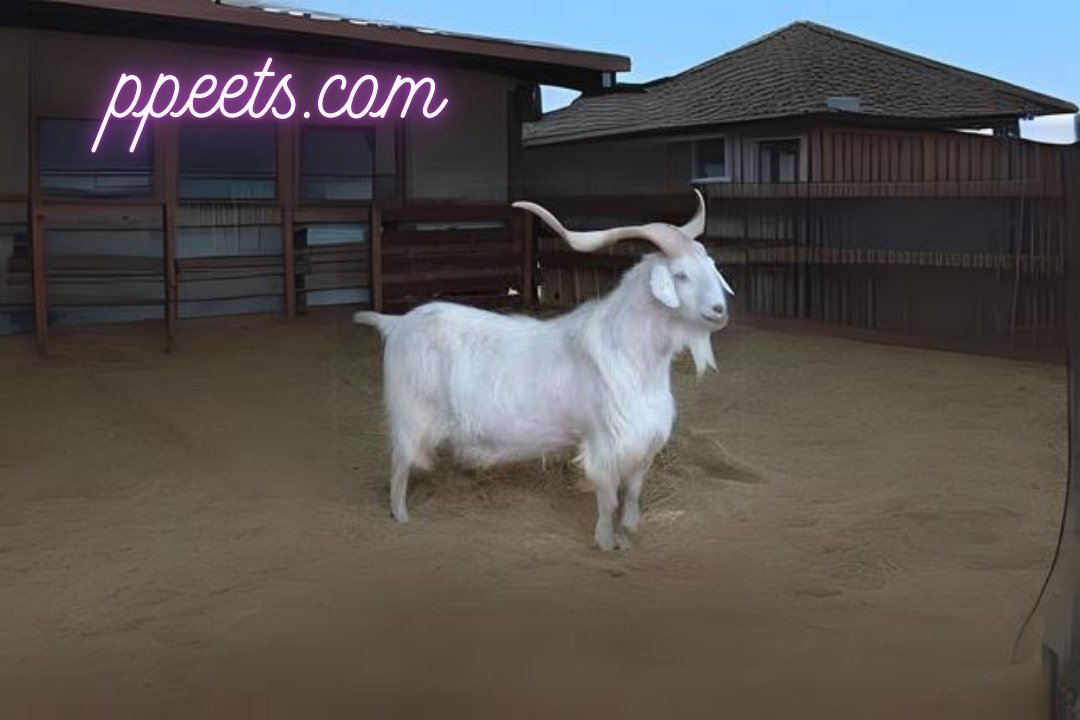
Kiko goats are normally medium to huge measured creatures with a solid form areas of strength for and structure. They show a scope of coat tones, including white, cream, tan, and different shades of brown and dark. Their jackets are many times short and smooth, albeit a few people might have longer hair relying upon ecological variables.
Genuinely, Kiko goats are very much adjusted to broad brushing frameworks, where they use their sharp perusing impulses to gather a wide assortment of plant species effectively. They have an unmistakable appearance portrayed by a straight profile, ready articulation, and upstanding ears.
Behavior and Temperament
Known for their mild and versatile nature, Kiko goats are by and large simple to deal with and oversee in agrarian settings. They are smart creatures with an inquisitive demeanor, frequently showing normal perusing ways of behaving and magnificent abilities to scavenge. Kiko goats are social animals that flourish in group conditions, serious areas of strength for shaping with their friends and human parental figures the same.
Their quiet disposition and flexibility make Kiko goats reasonable for a scope of cultivating frameworks, from broad field nibbling to concentrated administration rehearses. They are known for their regenerative productivity, with does oftentimes delivering different posterity per joking season, which adds to their monetary feasibility in meat creation tasks.
The main role of Kiko goats is meat creation, and they are esteemed for their lean, delicate meat with a gentle flavor. Their capacity to effectively change over roughage into quality meat pursues them a favored decision for manageable horticulture frameworks, including natural and field based cultivating.
Past meat creation, Kiko goats are used for vegetation the executives and land preservation purposes. Their perusing propensities assist with controlling obtrusive plant species and advance biodiversity in environments where they are presented. This double reason job improves their worth as flexible resources in coordinated cultivating rehearses.
Management and Care
Compelling administration of the includes giving satisfactory haven, clean water, and a reasonable eating regimen plentiful in fiber, nutrients, and minerals. They expect admittance to pasture or peruse regions for rummaging and work out, which upholds their regular perusing conduct and by and large wellbeing.
Customary veterinary consideration, including immunizations and parasite control, is fundamental to keep up with the wellbeing and efficiency of Kiko goats. Legitimate fencing and secure nooks are likewise vital to safeguard them from hunters and limit the gamble of departure.
As worldwide farming keeps on developing toward supportability and strength, Kiko goats are ready to assume a necessary part in satisfying the needs for great meat creation and natural stewardship. Endeavors to save and advance the hereditary variety of Kiko goats are fundamental for guaranteeing their drawn out feasibility and flexibility to changing natural circumstances.
The continuous improvement of rearing projects and hereditary determination systems will additionally upgrade the variety’s beneficial attributes, including infection opposition, regenerative productivity, and meat quality. Proceeded with examination into sustenance, wellbeing the board, and reasonable cultivating practices will add to expanding the capability of Kiko goats in assorted farming settings.
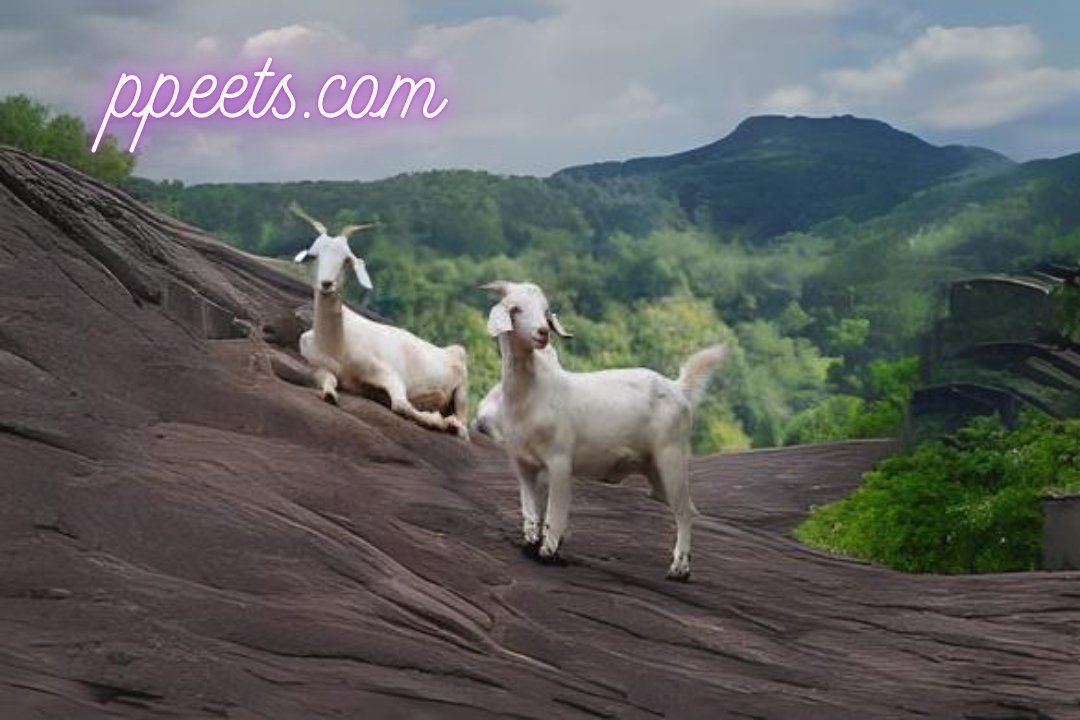
Conclusion
All in all, the goat epitomizes the outcome of specific reproducing and smart cultivation rehearses in making a strong and useful animals breed. From its beginnings in New Zealand to today worldwide acknowledgment, the keeps on dazzling with its vigorous constitution, versatility, and significant commitments to supportable farming.
By grasping the hereditary foundation, actual qualities, social characteristics, and down to earth uses of it, ranchers and aficionados can see the value in their part in upgrading rural efficiency, advancing biodiversity, and supporting maintainable food frameworks. As we plan ahead, the Kiko goat remains as a demonstration of the inventiveness and devotion of those focused on propelling domesticated animals hereditary qualities and further developing cultivating rehearses around the world.

